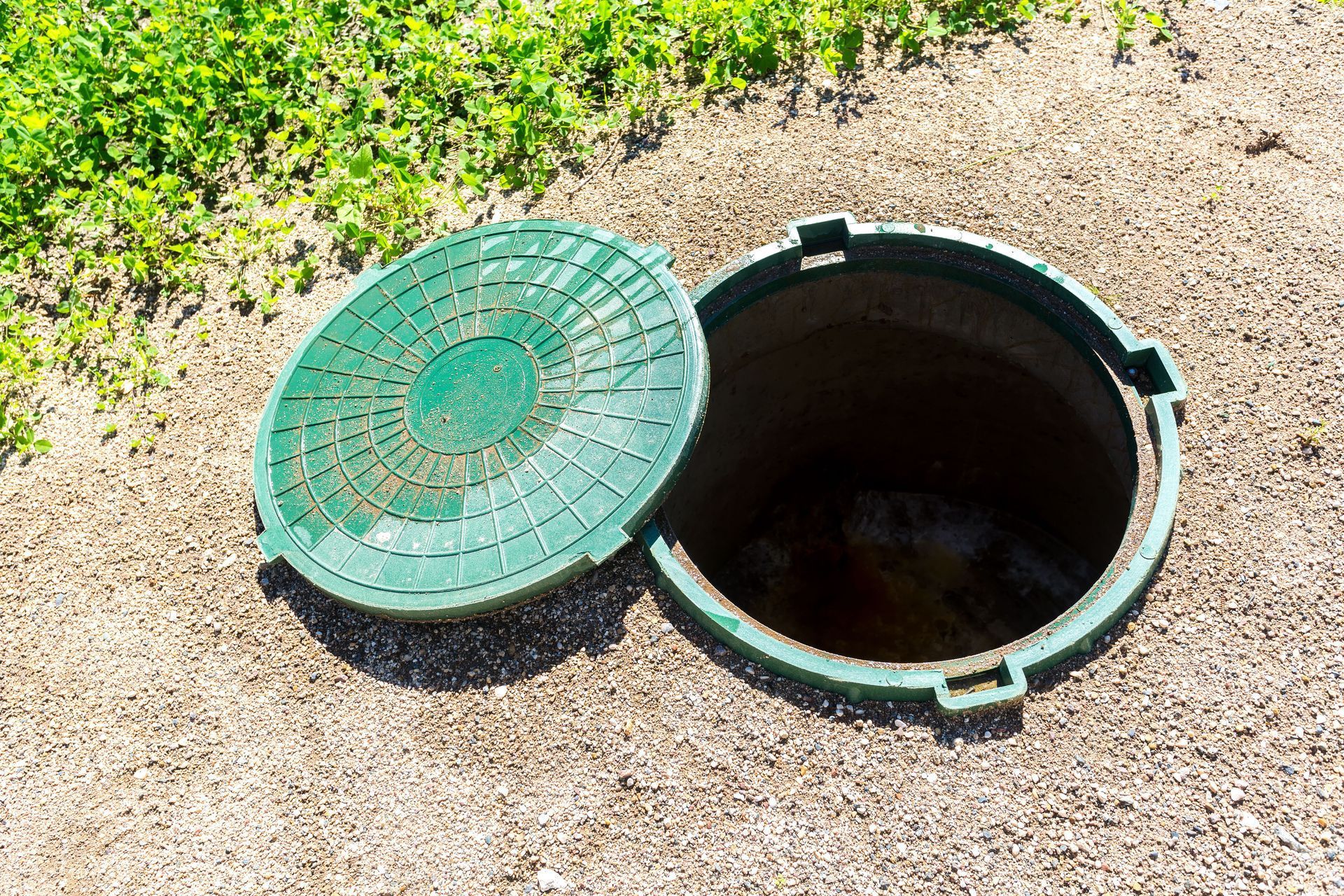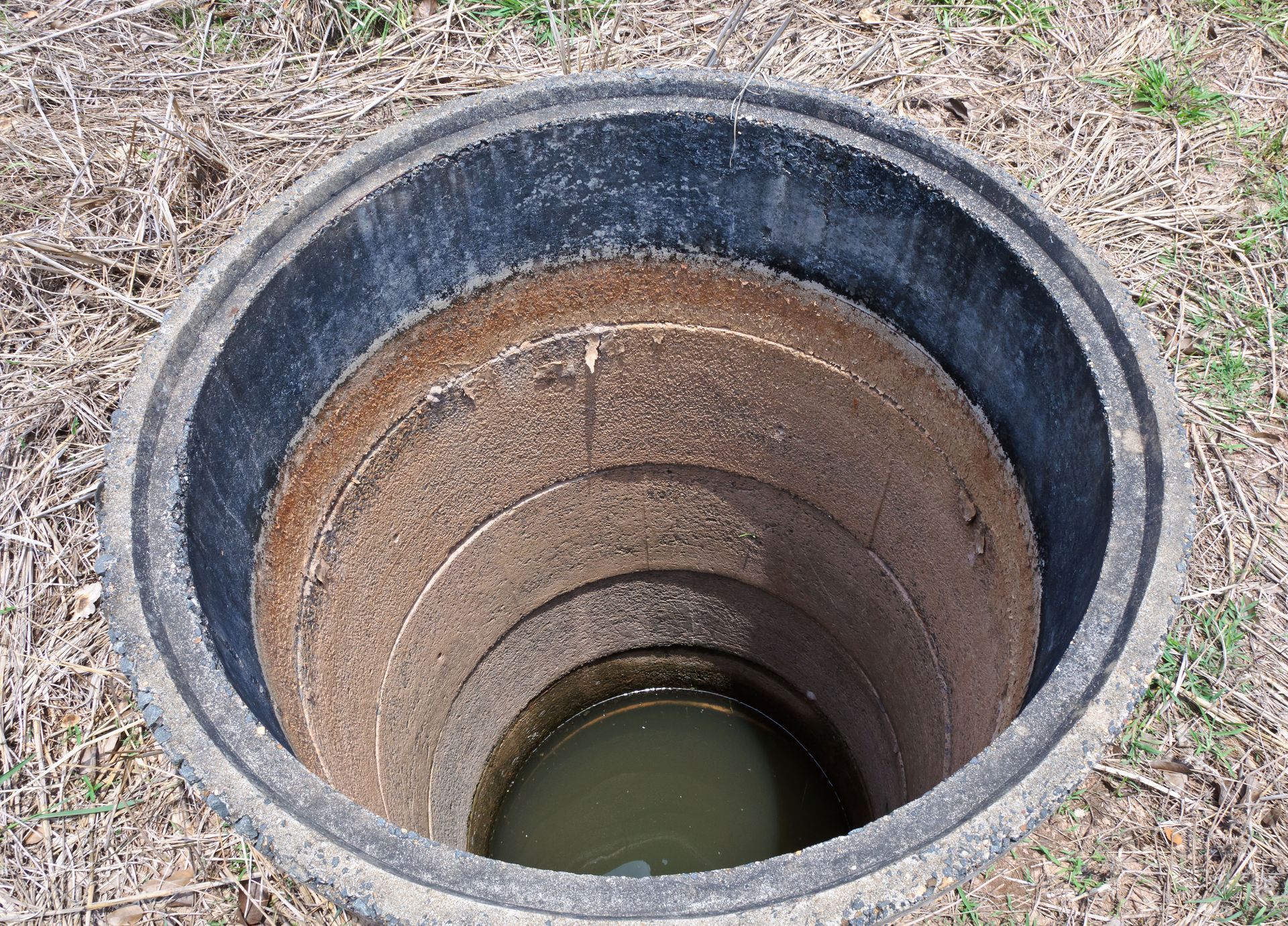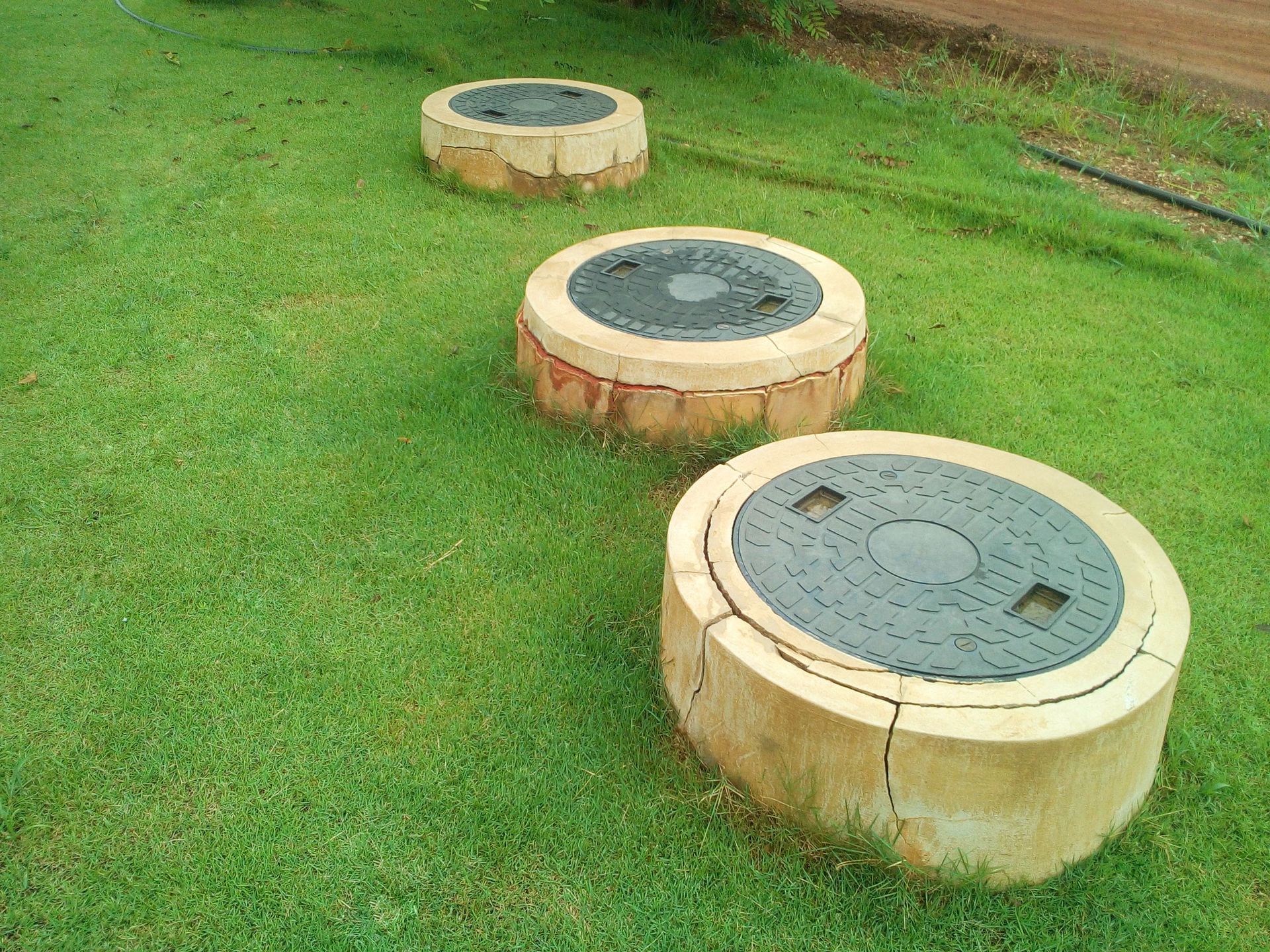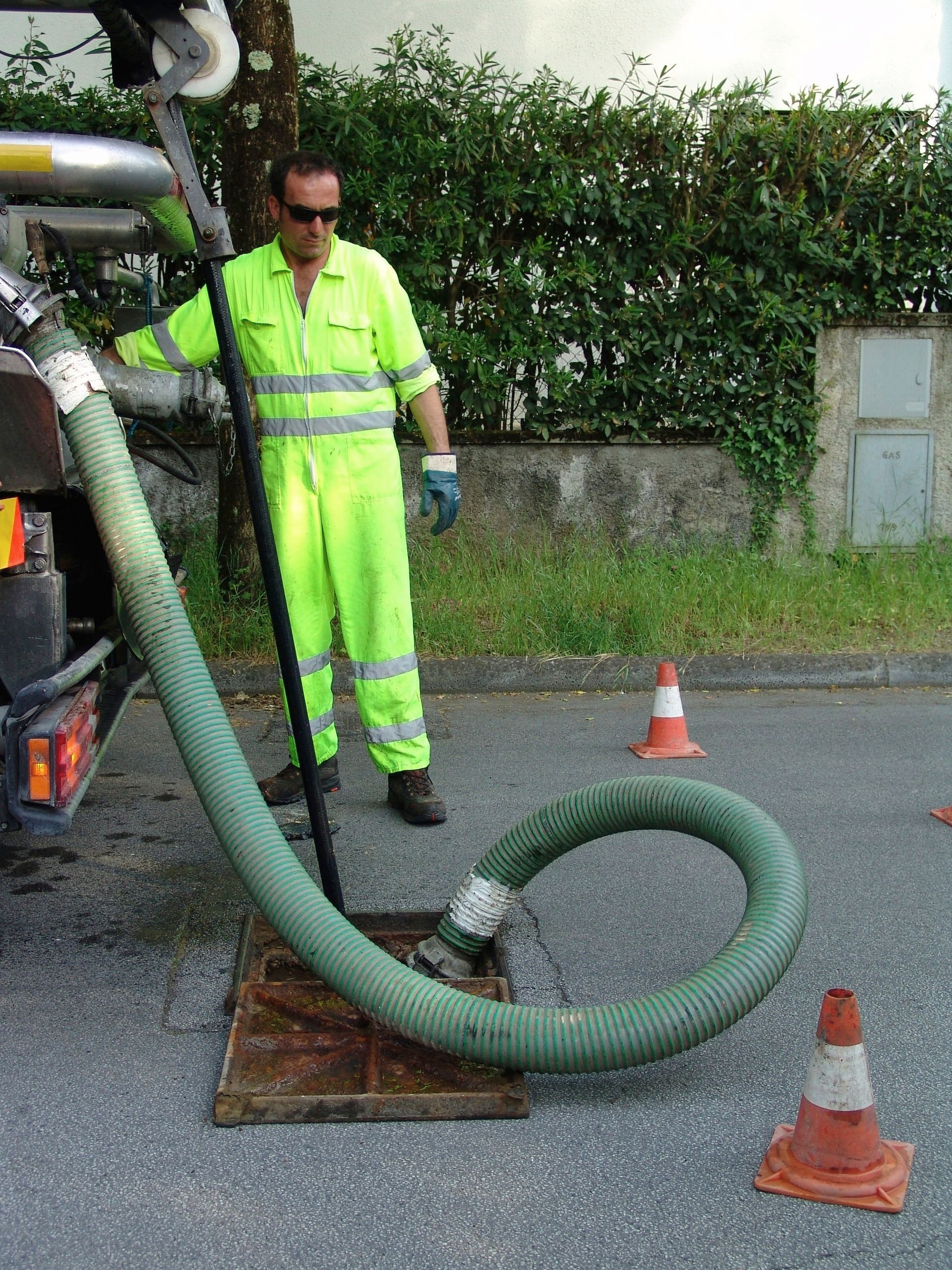September 2, 2025
Installing a septic tank on your property can significantly enhance sanitation and contribute to a sustainable environment. It provides an efficient waste management solution, especially for homes not connected to municipal sewer systems. This article will dive deep into identifying the clear signs that indicate your property is ready for a septic installation.
1. Soil Permeability and Composition
1.1. Importance of Soil Testing
Understanding soil permeability and composition is crucial when assessing the readiness of your property for septic installation. Soil testing helps determine whether the land can adequately drain and filter wastewater efficiently. Without proper drainage, septic systems can fail, leading to environmental hazards and costly repairs. Therefore, conducting a soil test before installation ensures safe and efficient system performance. Properties with appropriate soil compositions are more likely to support a successful system installation.
1.2. Identifying Optimal Soil Types for Septic Systems
Soils composed of a mix of sand, silt, and clay tend to offer the right balance of drainage and filtration needed for septic systems. Sandy loam is often considered ideal due to its efficient percolation rates and filtration capabilities. Conversely, high clay content soils may inhibit the necessary water flow, leading to system overflows. Property owners should aim for soils that promote proper absorption and are resistant to compaction. Identifying these soil qualities early can prevent unforeseen septic installation challenges.
1.3. Interpreting Percolation Test Results
A percolation test measures the rate at which water drains from a soil sample, a critical factor for septic system viability. Quick percolation rates may indicate sandy soil that drains too quickly, potentially leading to untreated wastewater entering water supplies. Conversely, slow rates suggest clay-rich soils where water does not pass efficiently, risking system backflows. Interpreting these results allows for strategic site selection and possible soil amendments to enhance absorption. A successful septic installation hinges on these preliminary soil assessments.
1.4. Options for Non-permeable Soils
For properties where soil permeability is suboptimal, advanced wastewater treatment options can help. Raised bed systems, mounds, or engineered sand filters can bypass soil limitations while ensuring efficient waste processing. These alternative solutions require detailed planning and often increased installation costs, which can range from $3,000 to $10,000, with an average of $6,000 nationally according to Modernize. However, they provide a viable solution for septic systems in areas with challenging soil types. Consulting with a professional is advisable to select the best system for your soil conditions.
2. Adequate Space Availability
2.1. Determining the Minimum Space Requirements
Assessing available space is essential when preparing for septic installation. Systems need sufficient space for tanks, drain fields, and any additional component to function optimally. The size and capacity of the septic tank and leach field depend on household size and wastewater usage. Often, local regulations outline the minimum space required for compliant installations. Establishing these dimensions helps ensure a practical layout and system function.
2.2. Local Regulations Regarding Space and Distances
Local codes and regulations play a crucial role in determining the feasibility of septic tank installation. These regulations may specify minimum distances from property lines, structures, and water bodies. Understanding these codes helps avoid potential legal issues and ensure environmental safety. Compliance with spacing regulations also helps prevent system malfunctions and eases future property sales. Adhering to these guidelines during planning is a step towards successful installation.
2.3. Recognizing Potential Obstacles and Barriers
During site assessment, it's important to identify any obstacles that may obstruct septic installation. Nearby trees, rocks, or underground utilities can interfere with drain field placement and system performance. These barriers might necessitate additional planning or relocation, affecting the overall project cost. Recognizing these factors early helps streamline the installation process and prevent costly delays. Consulting with an expert can aid in identifying and mitigating these barriers effectively.
2.4. Efficient Layout Planning for Septic System Installation
The layout of septic system components should be planned meticulously to maximize efficiency. Proper layout plans consider the topography, existing landscape, and infrastructure. This planning assists in the placement of tanks, leach fields, and vents to optimize gravity flows and avoid water logging. Prioritizing an efficient layout design also ensures compliance with local codes and minimizes risks to groundwater. Utilizing expert consultation in planning helps achieve an optimal installation layout.
3. Proximity to Water Sources
3.1. Understanding Setback Requirements from Water Bodies
Setback requirements from water bodies are an essential consideration in septic tank installations. These regulations ensure systems are placed far enough to prevent sewage contamination in surface and groundwater. Adhering to these requirements protects environmental health and reduces legal liabilities. It also ensures the system is situated in a way that prevents backup and maintains health standards. Consulting local guidelines on setbacks helps in selecting a suitable installation site.
3.2. Analyzing Impact on Nearby Wells
Septic systems must be sited to avoid contaminating nearby wells, an important consideration for rural properties. Distance to drinking water sources should be maximized to prevent the transfer of pathogens and nutrients. Regular testing and monitoring of well water quality minimize contamination risks. Properly sited systems protect community health and maintain sanitary conditions. Considering these factors ensures the system is sustainable and compliant with health standards.
3.3. Risk Assessment for Water Contamination
A thorough risk assessment identifies potential water contamination concerns linked with a septic installation. This assessment includes understanding the property's hydrology and groundwater flow patterns. By evaluating these factors, property owners can make informed decisions about system placement and technology. These assessments also help in selecting appropriate mitigations to reduce environmental impact. Implementing these steps prevents contamination and ensures environmental integrity.
3.4. Landscaping Strategies to Protect Water Sources
Strategic landscaping can mitigate potential water contamination from septic systems. Planting native vegetation near the system enhances soil stability and improves filtration. These plants can help absorb excess nutrients and prevent erosion. Landscaping also serves as a buffer in maintaining natural water flow paths and mitigating runoff risks. Implementing thoughtful landscaping strategies complements system installation and environmental protection efforts.
4. Land Topography and Slope Considerations
4.1. Assessing Slopes for Effective Drainage
Topography plays an integral role in the performance of a septic system. Proper assessment of land slopes ensures optimal drainage patterns, preventing pooling. Systems on sloped land might require special designs, such as stepped drain fields, to enhance gravity flow. Recognizing these characteristics during planning achieves a balance between natural topography and system requirements. Maximizing the natural land slope supports a cost-effective and reliable septic setup.
4.2. Engineering Solutions for Sloped Areas
When land topography poses challenges, engineering solutions adapt the septic system to site conditions. These solutions may include reinforced drains, advanced pumping mechanisms, or specialized septic technologies. Well-planned slope engineering optimizes septic function and compensates for minimal natural drainage. Investing in these solutions supports long-term system resilience and environmental compatibility. Our aim is to ensure systems align with landscape features efficiently and cost-effectively.
4.3. Mitigation of Erosion Risks
Erosion is a risk on sloping terrain that can compromise septic systems. Effective mitigation strategies, such as retaining walls and vegetation barriers, safeguard against erosion. By stabilizing soil, these efforts preserve the integrity of the septic field and prevent sediment flow into waterways. Regular landscape maintenance ensures these structures function effectively. Addressing erosion challenges in preliminary planning ensures system longevity and environmental harmony.
4.4. Legal Implications of Topography on Septic Installations
Legal implications arise when topography affects septic system adherence to local codes. Regulations might demand particular land grades or engineered interventions before granting installation permits. Awareness of these requirements during design ensures compliance, reducing the risk of legal obstacles. Professional guidance can navigate these regulatory challenges to secure approval efficiently. Legal compliance anchors valid septic installations and fosters peace of mind for homeowners.
5. Meeting Legal and Environmental Regulations
5.1. Understanding Local Septic System Codes
Comprehending local septic system codes is fundamental to legal installation. These codes cover system placement, construction, and operational guidelines to prevent public health risks. Compliance eases approval processes and guarantees adherence to environmental standards. These legal frameworks often protect against soil and water contamination. Educating yourself on these codes elevates the quality and legality of septic installations.
5.2. Navigating Permits and Approval Processes
Securing permits and navigating approval processes are crucial steps in septic installation. These processes ensure systems meet technical and safety standards, safeguarding public health. Application for permits may encompass system design specs, site analysis, and environmental reviews. Diligently following these steps helps achieve legal system installation and regulatory compliance. Prosecutors should engage with local health departments early to streamline these procedures effectively.
5.3. Incorporating Sustainable Practices
Incorporating sustainable practices in septic tank installation and usage can greatly benefit the environment. Designing systems that conserve water and minimize chemical pollutants prevents resource waste and reduces contamination. Sustainable practices include using eco-friendly materials, recycling greywater, and installing low-flow fixtures. These efforts align with broader environmental goals by reducing carbon footprints. Adoption of sustainable solutions reflects responsible septic system management and environmental stewardship.
5.4. Educating Yourself on Homeowner Responsibilities
Homeowners bear responsibility for maintaining septic systems to prevent environmental hazards. Education regarding system maintenance, suitable household product use, and proper waste disposal practices is crucial. Awareness of these duties aids in system longevity, cost savings, and environmental protection. Continuous learning about system innovations and legal updates keeps homeowners informed. Proactive education enhances system reliability and supports community health and safety.
Identifying the signs indicating your property's readiness for septic tank installation requires thorough evaluations and detailed planning. Assessing soil conditions, available space, proximity to water sources, land topography, regulatory compliance, and infrastructure compatibility are fundamental steps. Maintaining awareness of these factors and adhering to guidelines ensure a successful septic installation , enhancing property sanitation and stability. If you're looking for a new septic installation, contact ProSeptic today!






